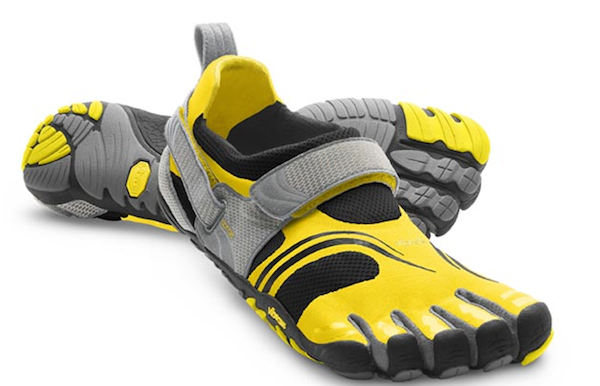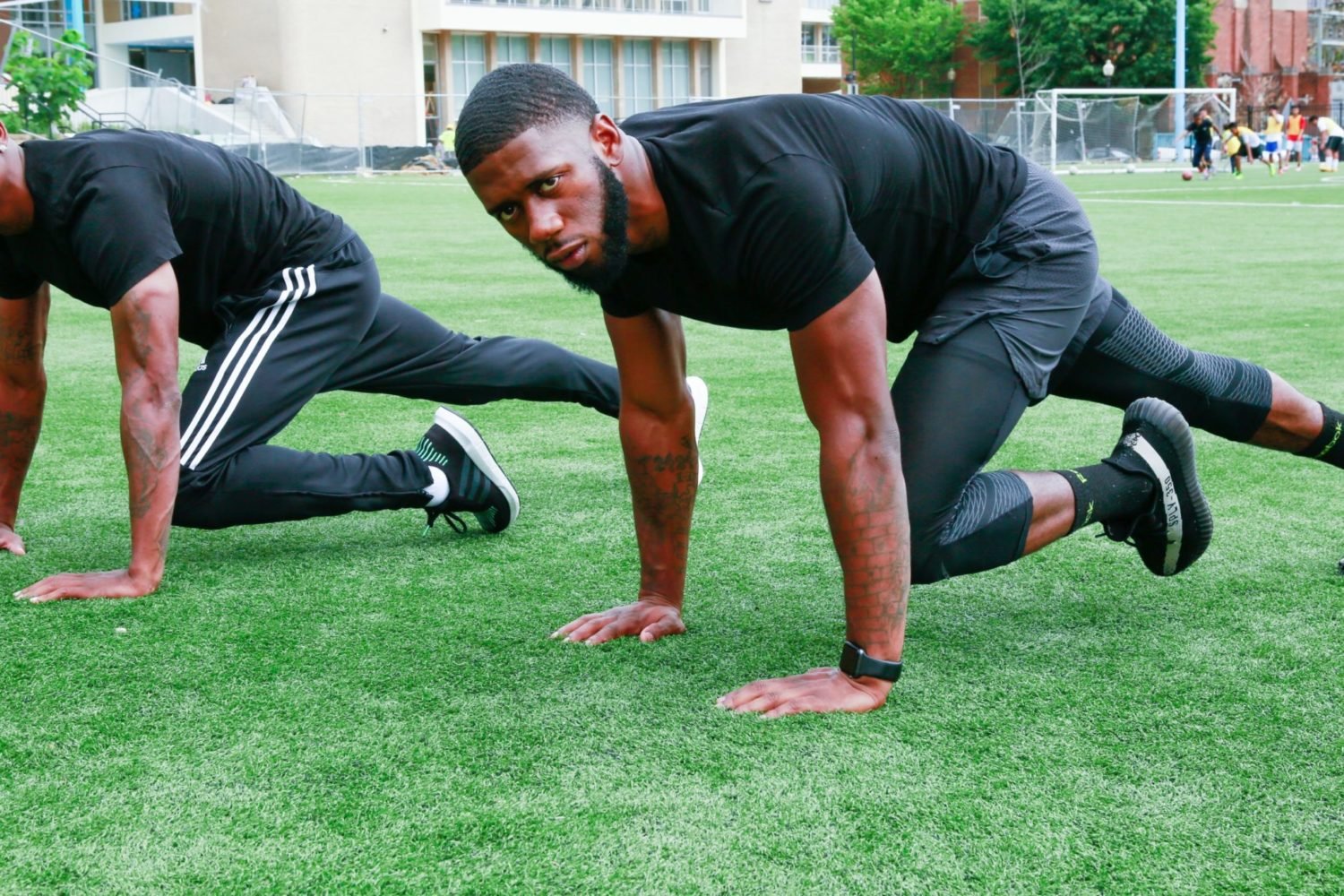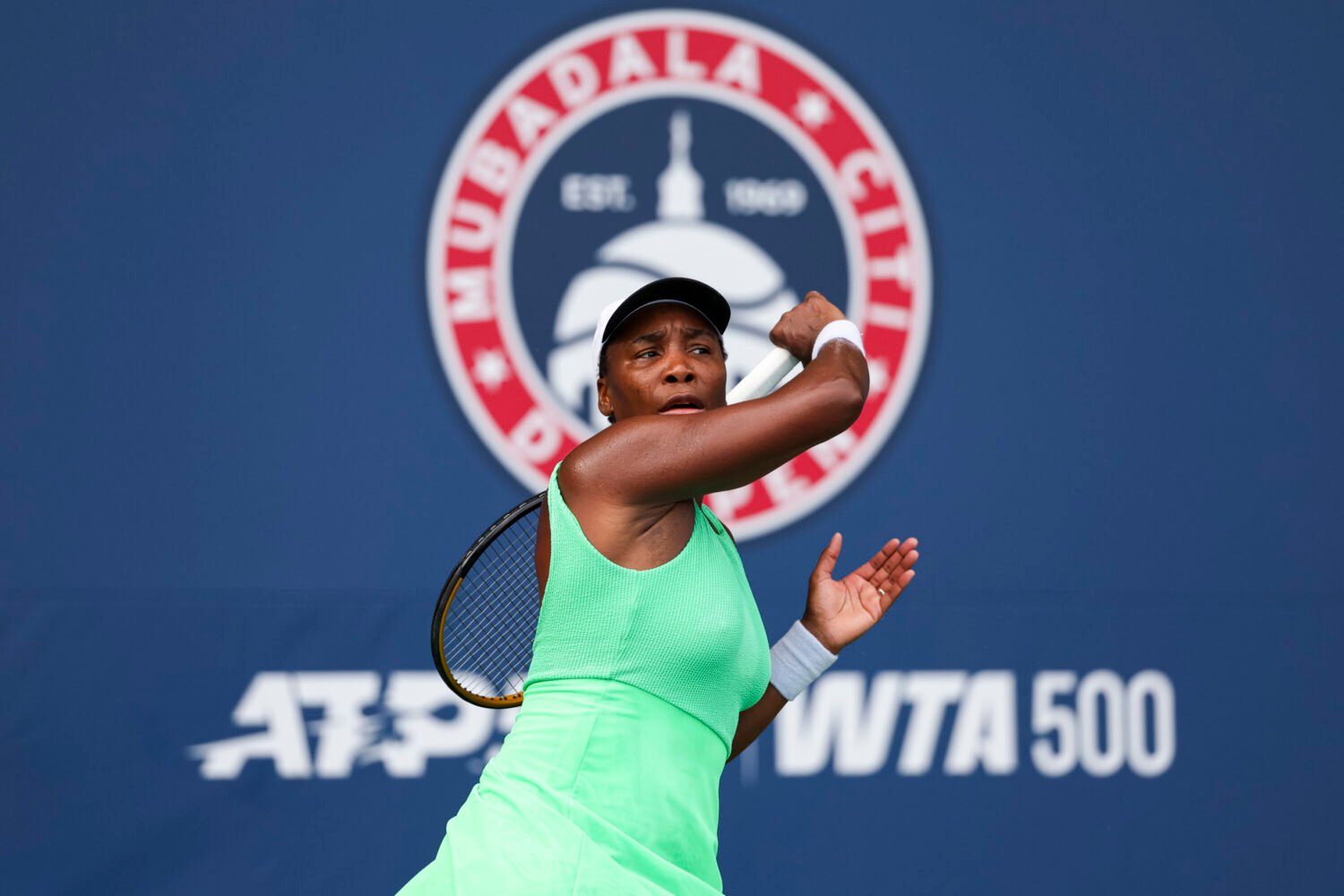In 2009, journalist and running enthusiast Christopher McDougall published Born to Run, a look at the “superathlete” Tarahumara Indians of Mexico who for centuries have run hundreds of miles without rest or injury. During his reporting, McDougall discovered that part of the tribe’s natural success might lie in its affinity for running barefoot. The book and its theories caught on, inspiring many to reassess the way they hit the pavement.
Since then, many distance runners have ditched their high-tech sneakers for a back-to-basics approach. While some go as far as literally running barefoot, many more are adopting minimalist footwear—shoes that simulate running barefoot but protect your soles from rough terrain. These extremely lightweight shoes have none of the bells and whistles most runners have become accustomed to: no elevated heel, no arch support, no gel inserts.
According to Lee Firestone, a Chevy Chase-based podiatrist who specializes in sports medicine, minimalist shoes actually change the way you run. When people run in traditional athletic shoes, they tend to land on the rear of their foot. When you wear a minimalist shoe—or no shoe at all—you instead take on a mid-foot strike. Some studies indicate that landing on this part of your foot causes less impact than landing on your heel and may lead to fewer injuries.
“You allow the foot to be the shock absorber that Mother Nature intended it to be,” says Dr. Firestone.
Firestone, who recently completed the Boston Marathon in minimalist shoes, recommends a gradual transition: “You should start off slow—do one or two three-to-four-mile runs a week in a controlled environment, like a treadmill or rubber track.” As your body adjusts to the shoes and you build up the muscles in your feet, you’ll be able to wear the shoes more frequently.
“It takes most people three to six months to completely transition to minimalist shoes,” he says.
Since the market has taken off over the past few years, most athletic-shoe companies are now selling variations on the minimalist shoe. Vibram FiveFingers were among the first, and the glove-like style remains popular. For those who’d like slightly more structure, everyone from Nike to New Balance has a line of minimalist shoes. These offer slightly more cushioning than the Vibrams and don’t have the individual toe pockets. However, they still allow for a mid-foot strike and much more flexibility than a traditional shoe.
Minimalist shoes aren’t for everyone. Without the same level of cushioning, barefoot-style runners can be prone to injuries such as stress fractures. And, according to Firestone, anyone with a history of tendon rupture or recurring tendinitis should consult a physician before using the shoes. People with these types of conditions need the extra support offered by traditional shoes.
Says Firestone: “Make sure you’re doing the best thing for your feet.”
Subscribe to Washingtonian
Follow Well+Being on Twitter
More >> Health | Top Doctors | Well+Being Blog


















